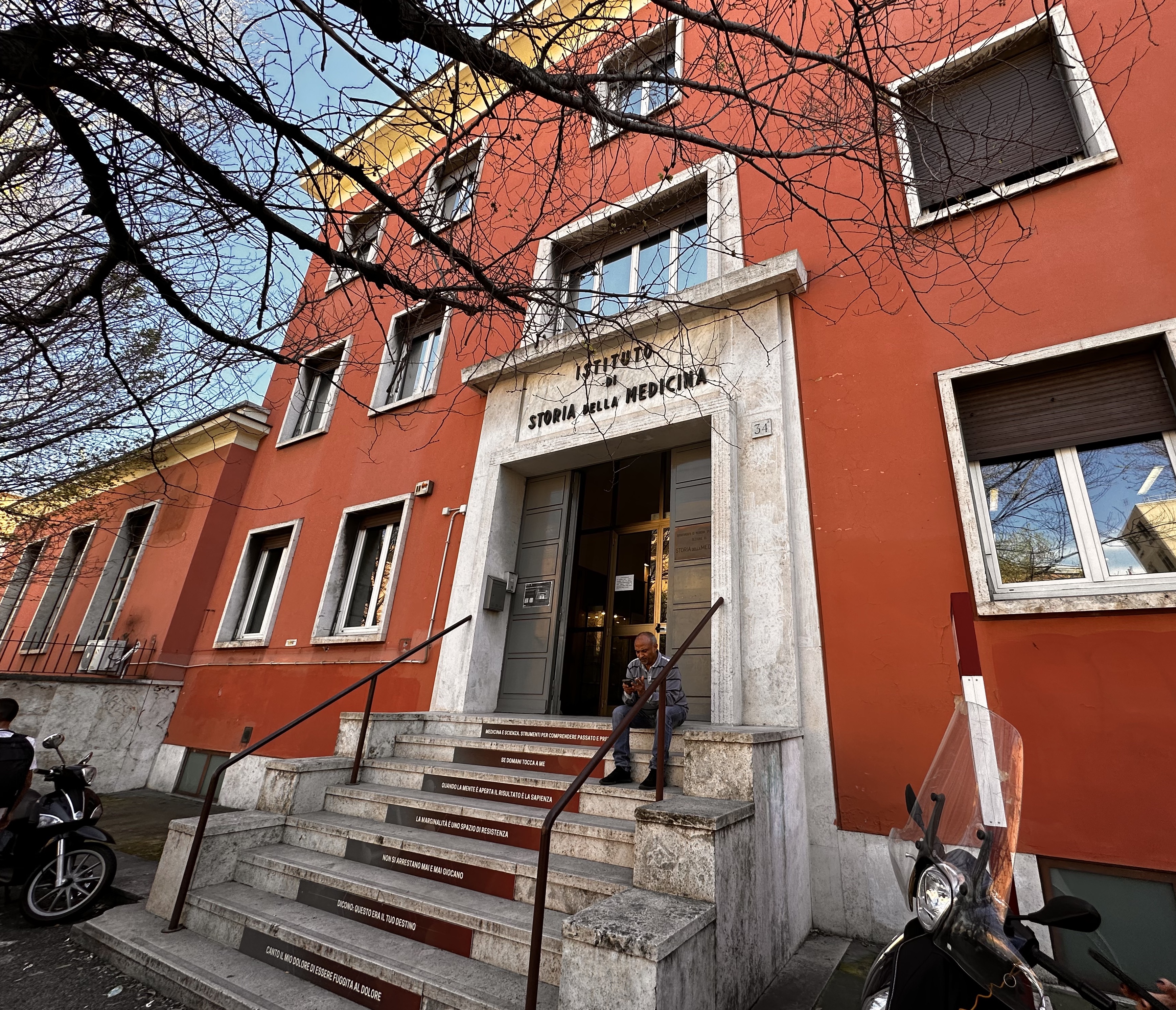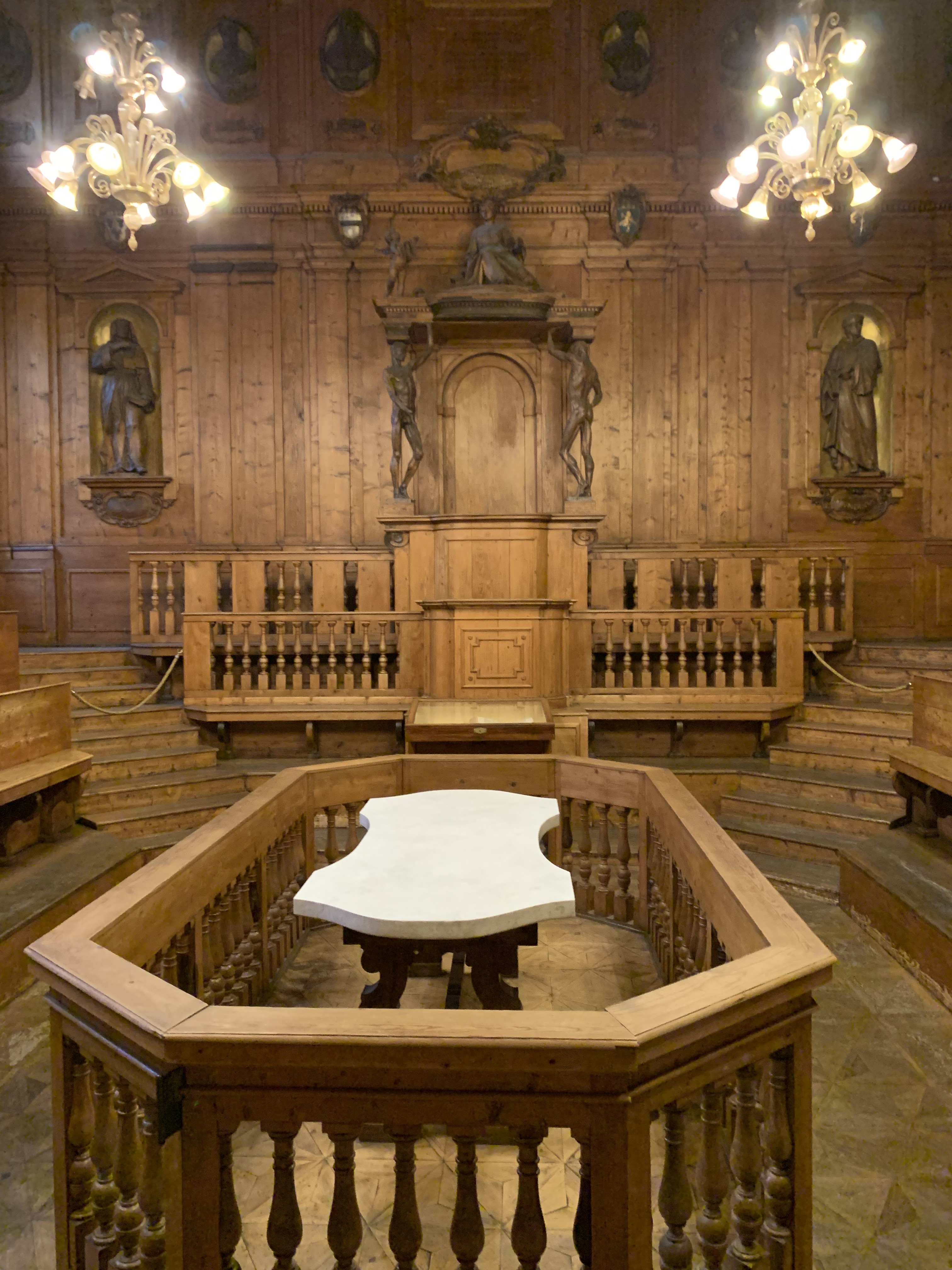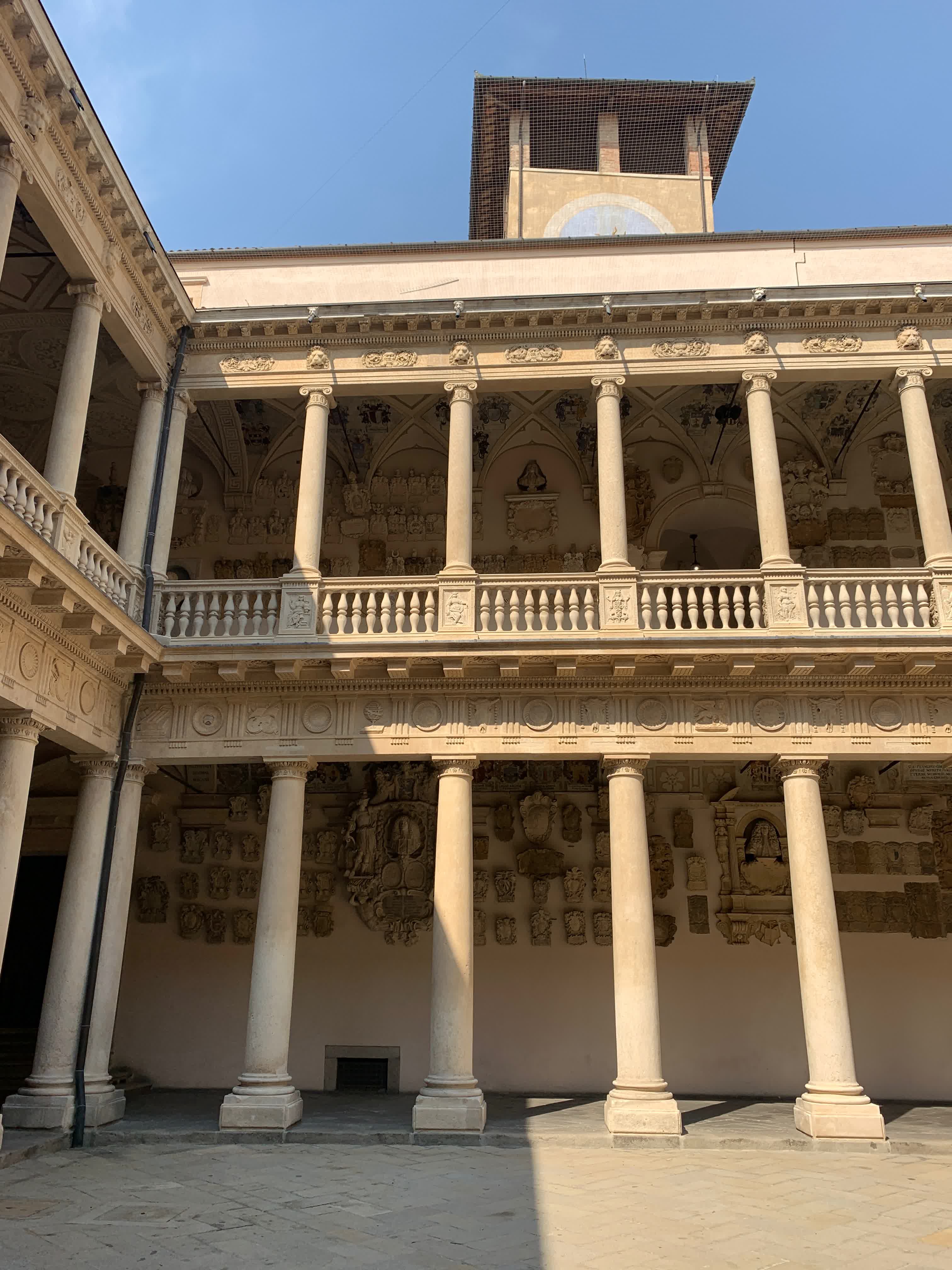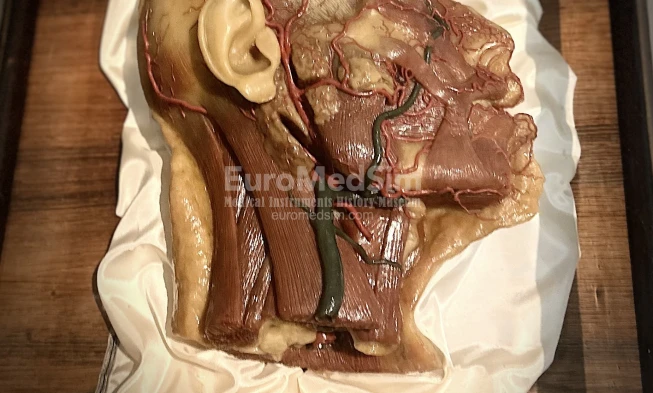Search results4 results
MUSEUM

Italy, Rome
The Museo di Storia della Medicina at Rome University, founded in 1938 by Adalberto Pazzini, is located in the Institute of the Medical History and showcases the evolution of medical science across three floors. The basement features reconstructions like an apothecary and an alchemist’s lab. The first floor spans from prehistoric times to the 17th century, highlighting ancient Mediterranean and medieval medicine. The second floor explores the shift to experimental medicine, biomedicine, genomics, and their technological applications.

Italy, Bologna
The Anatomical Theater, known as Teatro Anatomico, is just a short walk from Piazza Maggiore, the central square in Bologna. This historic site, nestled within the Palazzo dell’Archiginnasio, is a stone's throw from the location of Europe's oldest university, established in Bologna in the 11th century. Since 1563, the Palace of the Archigymnasium has been the central hub for the "Schools" of the Alma Mater Studiorum, featuring a courtyard encircled by double-story peristyles, characteristic of Italian universities of the period, such as the Sapienza in Rome or Palazzo Bo in Padua. Constructed in 1637, the Teatro Anatomico boasts a centrally placed, ornately designed marble table, flanked by wooden railings where dissections were historically carried out. The professor's chair, with its canopy upheld by two "Spellati" statues—carved, skinless figures—stands out prominently like Hippocrates, Galen, Malpighi, Gaspare Tagliacozzi. Overhead, the allegorical figure of Anatomy is depicted receiving two gifts, a manuscript scroll and a femoral bone, from an angel. A showcase displays a Latin edition of Galen's works, underscoring his profound impact on medieval and Renaissance medicine.

Italy, Padua
Bo Palace (Palazzo del Bo) is the central piece of the Paduan University. Established in 1222, the University of Padua is one of the oldest and most prestigious universities in the world. Its Medical Faculty has been a leading institution for medical studies for centuries. Perhaps the most famous alumnus of the Medical Faculty is Andreas Vesalius, who is often referred to as the father of modern human anatomy. He studied and later taught at Padua, and his seminal work, "De humani corporis fabrica" (On the Fabric of the Human Body, 1543) was a groundbreaking text in anatomy. The Anatomical Theatre of Padua, built in 1594 during tenure of Girolamo Fabrici d’Acquapendente, is the oldest surviving anatomy theatre in the world. It was here that many important dissections and lectures took place, attracting students from across Europe is the place for 16th-century Anatomy Theatre. Another famous alumni of the University was William Harvey, who discovered blood circulation.
Articles

Wax anatomical models designed to train physicians and educate the public were once innovative educational teaching aids. Some world-class museums including La Specola in Pisa, Josephinum in Vienna, Palazzo Poggi in Bologna, Science Museum in London, Semmelweis Museum in Budapest, Muséum national d'Histoire naturelle in Paris are proud of their collections. This amazing craft, combining art and science, anatomy and chemistry, practical skill and theoretical knowledge, which stood at the forefront of innovation in the 17th and 18th centuries, originated and flourished in Northern Italy